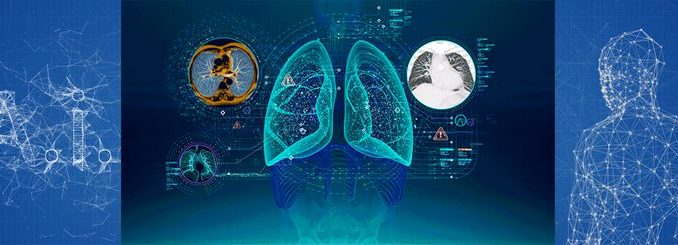
by Pascal Fallavollita
The industrialized world is in the midst of an “AI awakening”, however AI translation in healthcare systems must learn from decades of experience that has shown that technology alone cannot transform healthcare delivery [1]. A main reason why large scale AI projects such as the IBM Watson – MD Anderson Cancer Center partnership failed was that complex care delivery is more than just pattern recognition. Rather, we need to understand how to proficiently imbed AI into healthcare systems to optimize healthcare teams’ daily synergies which consequently will increase hospital productivity. A significant contributor to hospital productivity are patient surgeries. Over many decades surgery paradigms have shifted in hopes of increasing productivity. In the past, a physician handled patient treatment based on local traditions with only a minimum of equipment. At present, a wealth of information can be acquired for each patient, and modern operating rooms are equipped with numerous devices for performing and monitoring interventions [2]. However, it is left up to the individual surgical team to apply their knowledge and experience to make use of all the available information in an optimal manner. This paradigm was enhanced by industry and healthcare partnerships to deliver patient-specific diagnostics via the implementation of AI on Big Data. Yet, the latest report from Ernst & Young Global Limited suggests that healthcare delivery still functions at a productivity level of only 43% [3]. Recently, the European scientific community consisting of key stakeholders from academia, clinic, and industry, provided guidelines suggesting how a data science approach to surgical decision-making could potentially increase hospital productivity. The approach consists of implementing unique AI strategies on existing knowledge and continuous data streams throughout the entire surgical delivery process (pre-op, intra-op, and post-op). However, the introduction of AI for this purpose has yet to be fully used in healthcare systems, due to the lack of Highly Qualified Personnel (HQP) knowledge, training, and skillsets. HQP must learn to apply AI on all multi-modal patient data across the entire surgical delivery process, and then correlate the results to key indicators which contribute to hospital productivity. Additionally, HQP must understand how humans can most effectively augment AI, how AI can enhance what humans do best, and how to redesign surgical delivery processes to support this partnership, known as the emerging field of Human-AI collaboration. This is underscored by the fact that all existing commercial platforms such as IBM Watson, Google DeepMind Health, or Intel Healthcare Analytics have thus far focused only on skillsets analyzing pre-op patient data for diagnostics. Therefore future Digital Operating Rooms should focus their clinical programs in such fashion.
Bibliography
- Tractica Report: Artificial Intelligence for Healthcare Applications. 2018. Accessed online: https://www.tractica.com/research/artificial-intelligence-for-healthcare-applications/
- Maier-Hein, Lena, Swaroop S. Vedula, Stefanie Speidel, Nassir Navab, Ron Kikinis, Adrian Park, Matthias Eisenmann et al. “Surgical data science for next-generation interventions.” Nature Biomedical Engineering1, no. 9 (2017): 691. Accessed online: https://spiral.imperial.ac.uk/bitstream/10044/1/62866/6/1701.06482.pdf
- Report: Performance Optimization in health care. How a customized approach can improve quality of care, curb inefficiencies and cut costs. Ernst & Young Global Limited. 6 september 2017. Accessed online: https://www.ey.com/Publication/vwLUAssets/ey-performance-optimization-in-health-care/$FILE/ey-performance-optimization-in-health-care.pdf
